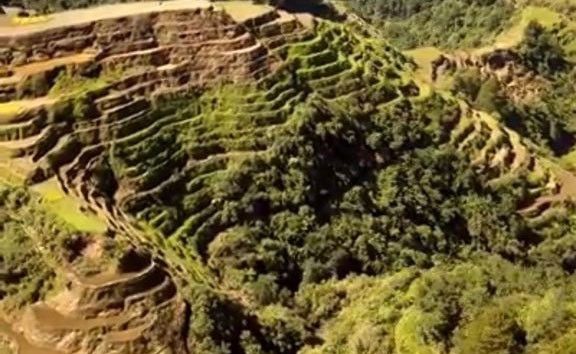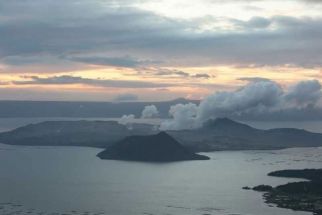Lonely Planet to correct entry on Banaue terraces

MANILA, Philippines — Travel website and guide book publisher Lonely Planet said it will update its printed guide to the Philippines to remove an erroneous claim that the Banaue Rice Terraces in Ifugao were built by the Chinese.
Offering no apology over the error, Lonely Planet recognized that their claim about the rice terraces being introduced by the Chinese 2000 years ago was misleading.
“At Lonely Planet, we pride ourselves on the information we provide travelers and always strive for complete accuracy in our content,” it said in a statement released on Twitter.
“In light of the feedback we have received, we have amended our online content and are updating our video ‘the world’s greenest places’ which also contains the reference. We’ll also ensure the terraces are correctly attributed in the updated edition of our printed guide to the Philippines,” it added.
The publisher drew criticisms online after the video posted on Sunday featured the rice terraces with an accompanying text: “These mudwalled terraces were first built around (2,000) years ago by the Chinese.”
The video was taken down after Filipino netizens pointed out the error. The updated version has yet to be released as of Tuesday afternoon.
Aside from the video, Lonely Planet’s introduction of the Banaue Rice Terraces on its website was also flagged as it wrote that the rice terraces “were introduced around (2,000) years ago by the Chinese.”
An updated version removed the Chinese reference, with the text now reading: “World Heritage listed, they’re impressive not only for their chiselled beauty but because they were introduced around (2,000) years ago.”
The source of the information by the travel guide book publisher is unclear.
In its description of the rice terraces, the United Nations Educational, Scientific and Cultural Organization (UNESCO) that declared it as a World Heritage Site did not mention any Chinese influence.
“The Rice Terraces of the Philippine Cordilleras is an outstanding example of an evolved, living cultural landscape that can be traced as far back as two millennia ago in the pre-colonial Philippines. The terraces are located in the remote areas of the Philippine Cordillera mountain range on the northern island of Luzon, Philippine archipelago,” it read.
- Latest
- Trending




























